Humans are polluting the upper atmosphere with flaming space junk
Experts are still unsure of the effects
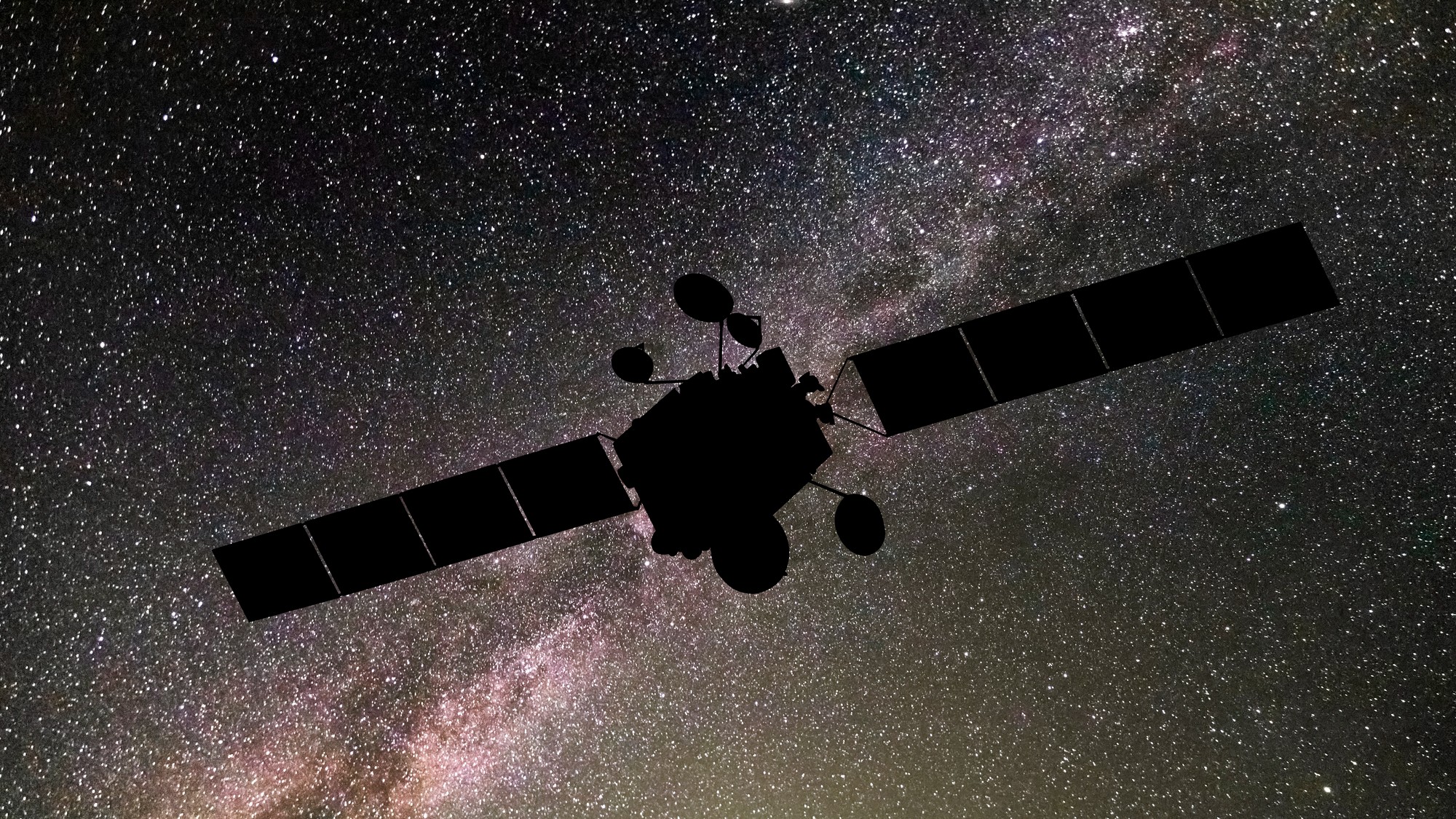

Frequent satellite launches may leave scars in the atmosphere, according to a new study published in Proceedings of the National Academy of Sciences. A team of atmospheric scientists flew a NASA aircraft over Alaska, sampling the stratosphere. They found traces of lithium, aluminum, copper and lead in higher quantities than what would be produced naturally. "We are finding this human-made material in what we consider a pristine area of the atmosphere," Dan Cziczo, one of the authors of the study, said in a statement.
Experts have long believed that the world has a space junk problem. There have been a number of instances in which pieces of space junk fell to the surface of the Earth, injuring people, or disrupting space stations and space crafts. This research suggests that burning, disintegrating space junk and returning rockets are also polluting the crucial layer of atmosphere that holds the Earth's ozone shield.
This is "the first observational evidence that space activities are a very significant source of particulate pollution to the stratosphere," Slimane Bekki, an atmospheric scientist at the French research laboratory LATMOS, told Popular Science. And experts don't know how space junk pollution will affect the stratosphere or the planet below it.
The Week
Escape your echo chamber. Get the facts behind the news, plus analysis from multiple perspectives.

Sign up for The Week's Free Newsletters
From our morning news briefing to a weekly Good News Newsletter, get the best of The Week delivered directly to your inbox.
From our morning news briefing to a weekly Good News Newsletter, get the best of The Week delivered directly to your inbox.
"If something is changing in the stratosphere — this stable region of the atmosphere — that deserves a closer look," Czizco said. Scientists are concerned that the particulates could damage the ozone layer, though the effects of the pollution are still unknown. "What this research shows us is that the impact of human occupation and human spaceflight on the planet may be significant," he continued.
Realistically, "the only way for these particles not to appear in the upper atmosphere is for the satellites not to be launched in the first place," Jamie Shutler, an atmospheric scientist at the University of Exeter, told Popular Science.
A free daily email with the biggest news stories of the day – and the best features from TheWeek.com
Devika Rao has worked as a staff writer at The Week since 2022, covering science, the environment, climate and business. She previously worked as a policy associate for a nonprofit organization advocating for environmental action from a business perspective.
-
 In Suriname, the spectre of Dutch slave trade lingers
In Suriname, the spectre of Dutch slave trade lingersUnder the Radar Dutch royal family visit, the first to the South American former colony in nearly 50 years, spotlights role of the Netherlands in transatlantic trade
-
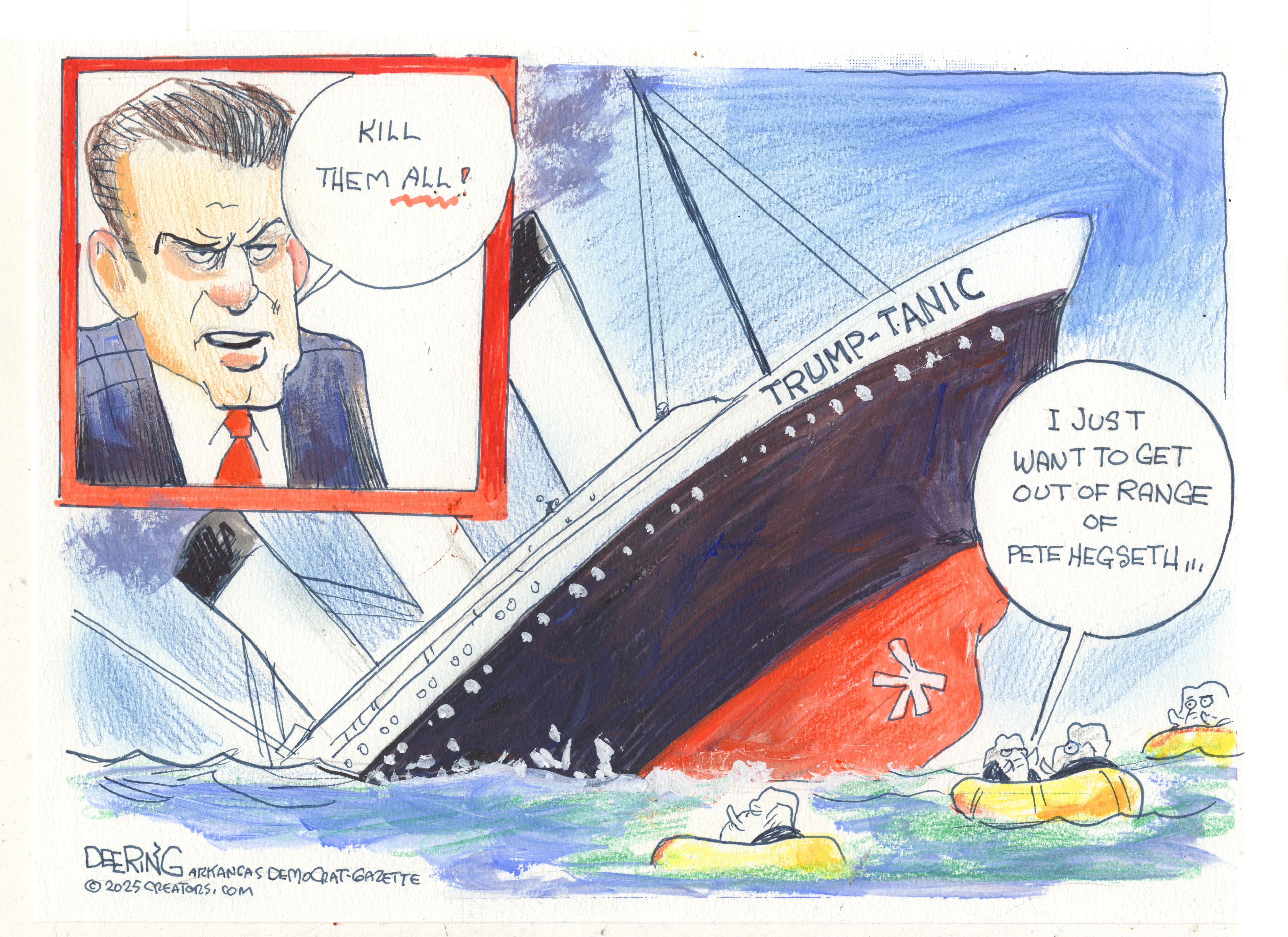 Political cartoons for December 7
Political cartoons for December 7Cartoons Sunday’s political cartoons include the Trump-tanic, AI Santa, and the search for a moderate Republican
-
 Trump’s poll collapse: can he stop the slide?
Trump’s poll collapse: can he stop the slide?Talking Point President who promised to ease cost-of-living has found that US economic woes can’t be solved ‘via executive fiat’
-
 Blue Origin launches Mars probes in NASA debut
Blue Origin launches Mars probes in NASA debutSpeed Read The New Glenn rocket is carrying small twin spacecraft toward Mars as part of NASA’s Escapade mission
-
 ‘The Big Crunch’: why science is divided over the future of the universe
‘The Big Crunch’: why science is divided over the future of the universeThe Explainer New study upends the prevailing theory about dark matter and says it is weakening
-
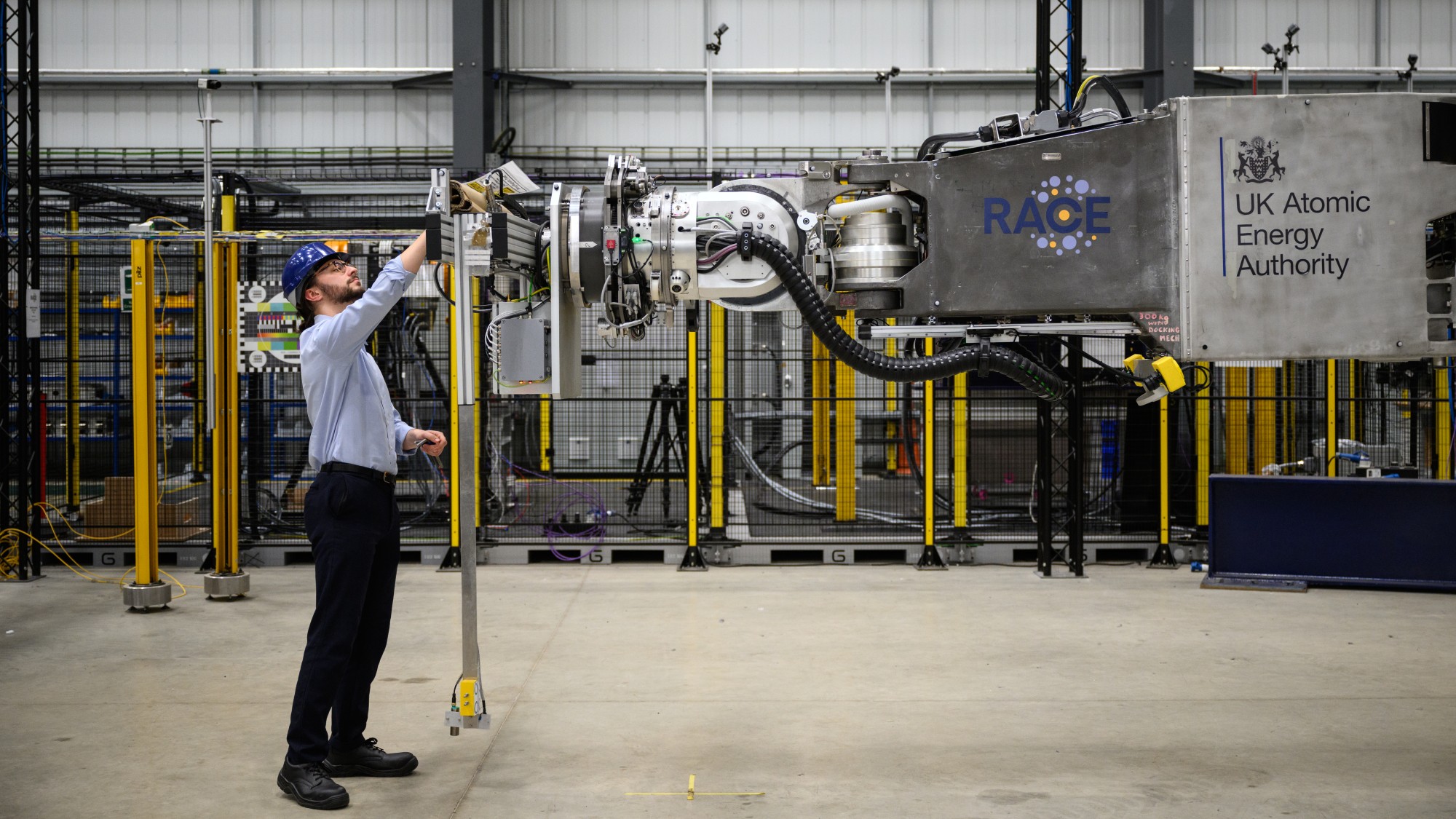 Why scientists are attempting nuclear fusion
Why scientists are attempting nuclear fusionThe Explainer Harnessing the reaction that powers the stars could offer a potentially unlimited source of carbon-free energy, and the race is hotting up
-
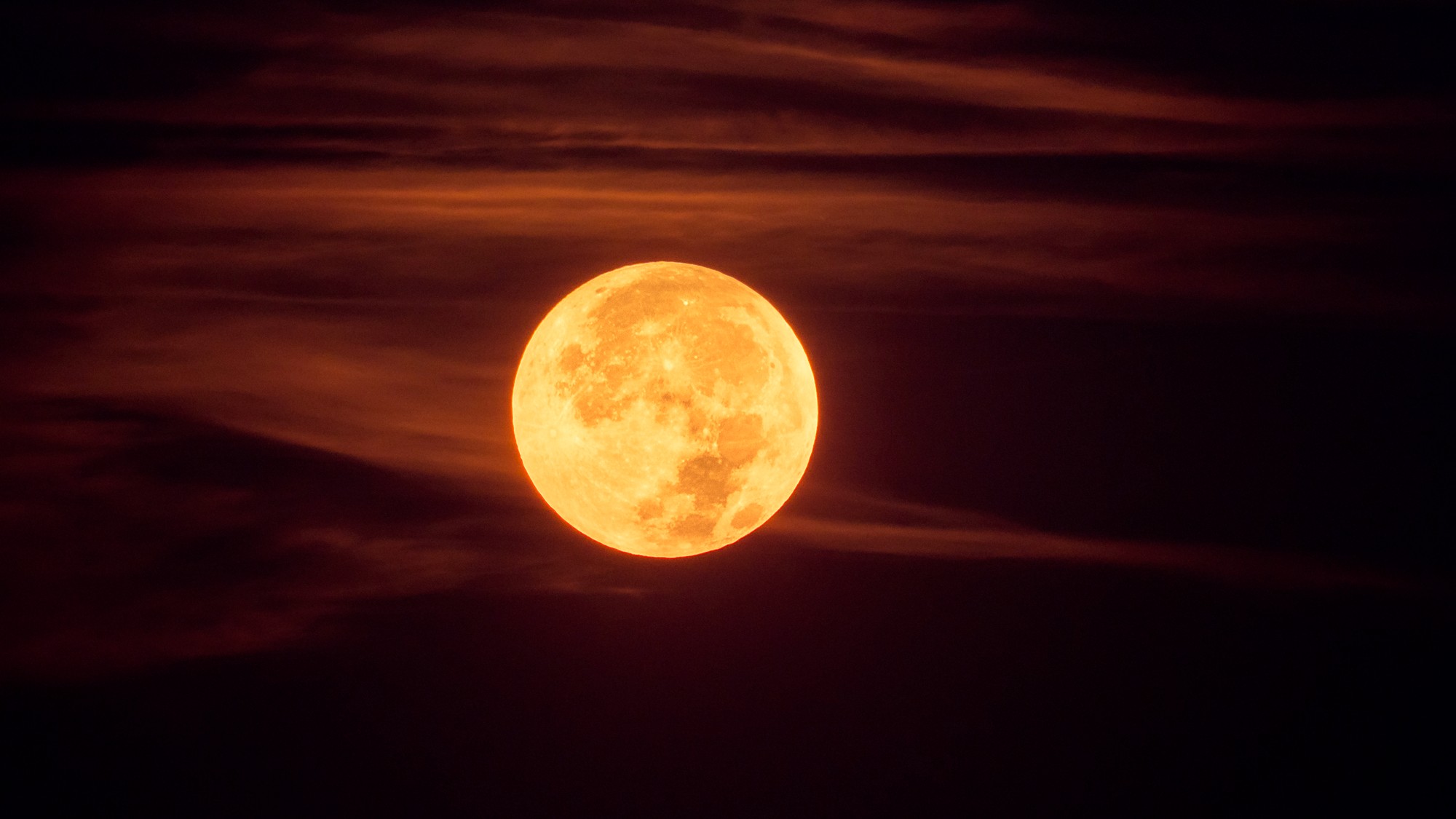 The moon is rusting
The moon is rustingUnder the radar The Earth is likely to blame
-
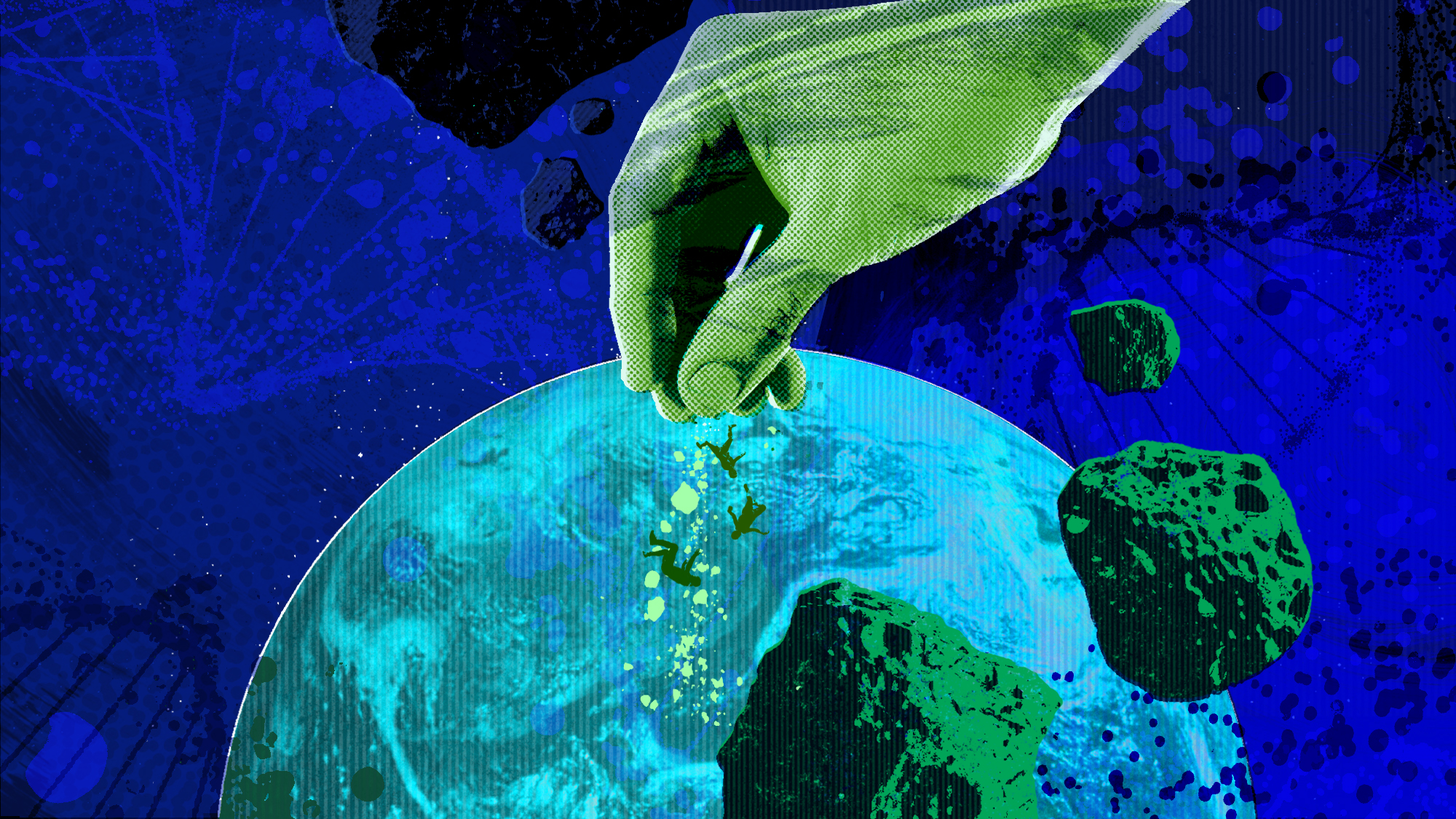 Panspermia: the theory that life was sent to Earth by aliens
Panspermia: the theory that life was sent to Earth by aliensUnder The Radar New findings have resurfaced an old, controversial idea
-
 Africa could become the next frontier for space programs
Africa could become the next frontier for space programsThe Explainer China and the US are both working on space applications for Africa
-
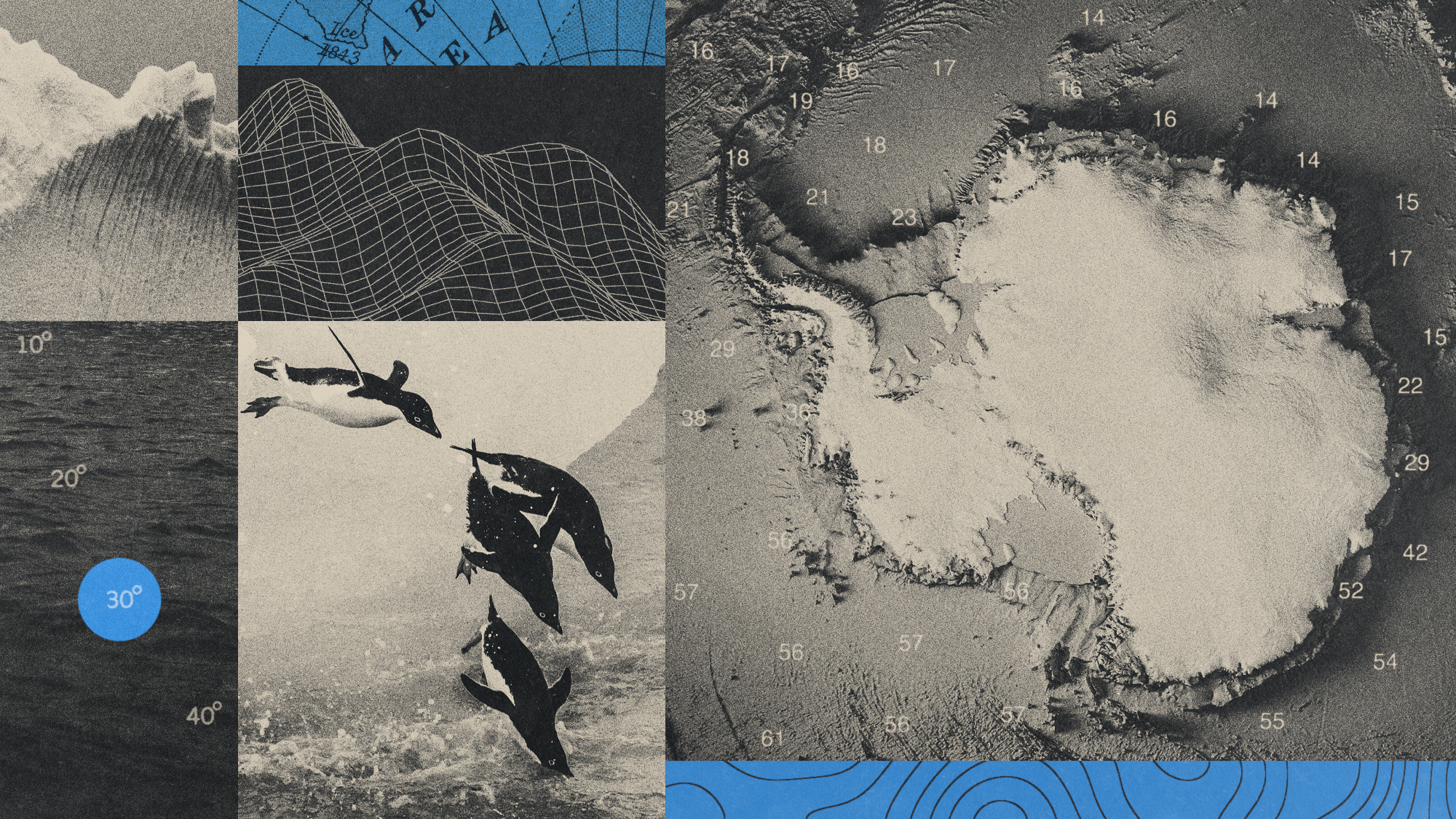 Canyons under the Antarctic have deep impacts
Canyons under the Antarctic have deep impactsUnder the radar Submarine canyons could be affecting the climate more than previously thought
-
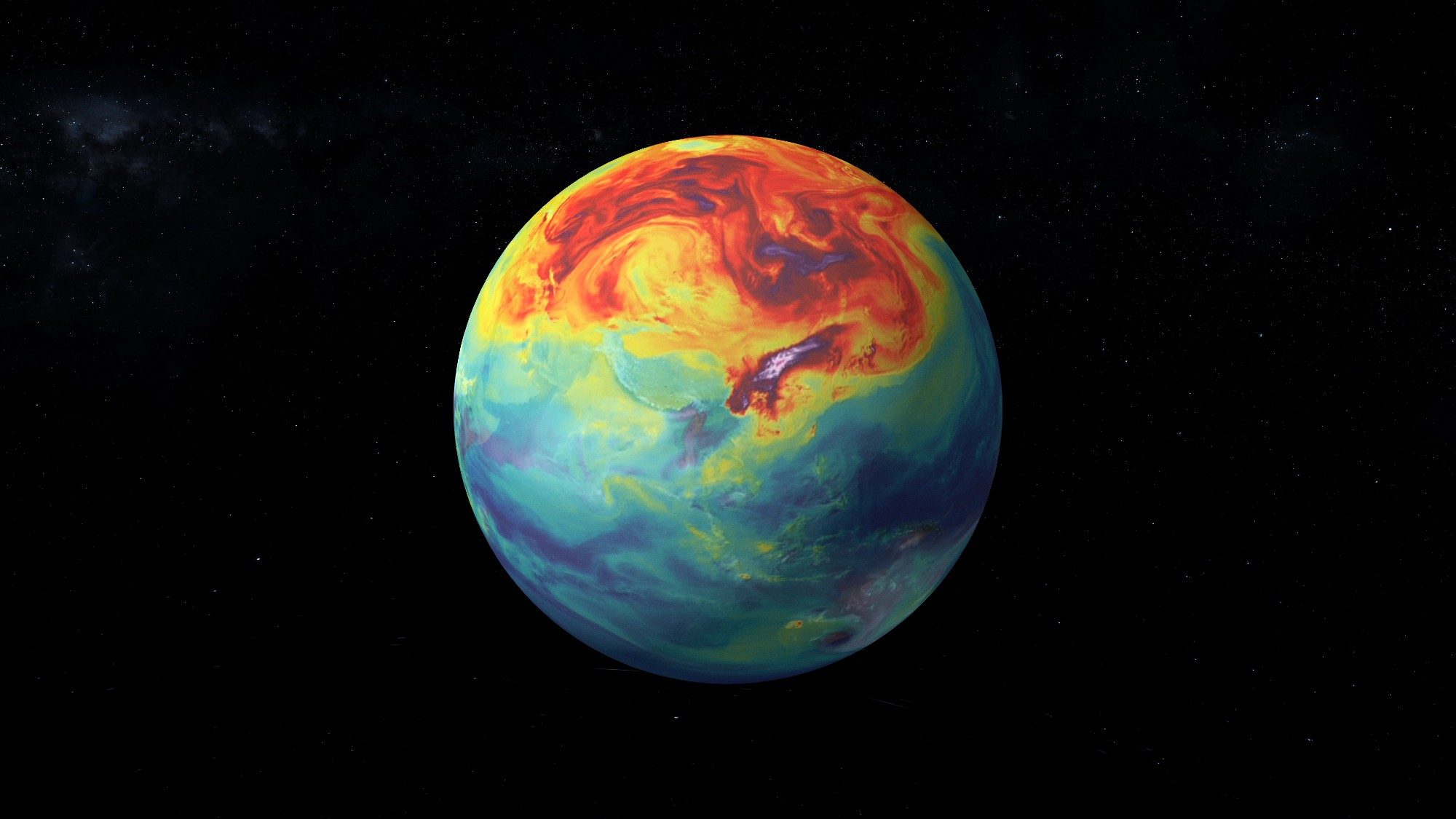 NASA is moving away from tracking climate change
NASA is moving away from tracking climate changeThe Explainer Climate missions could be going dark
